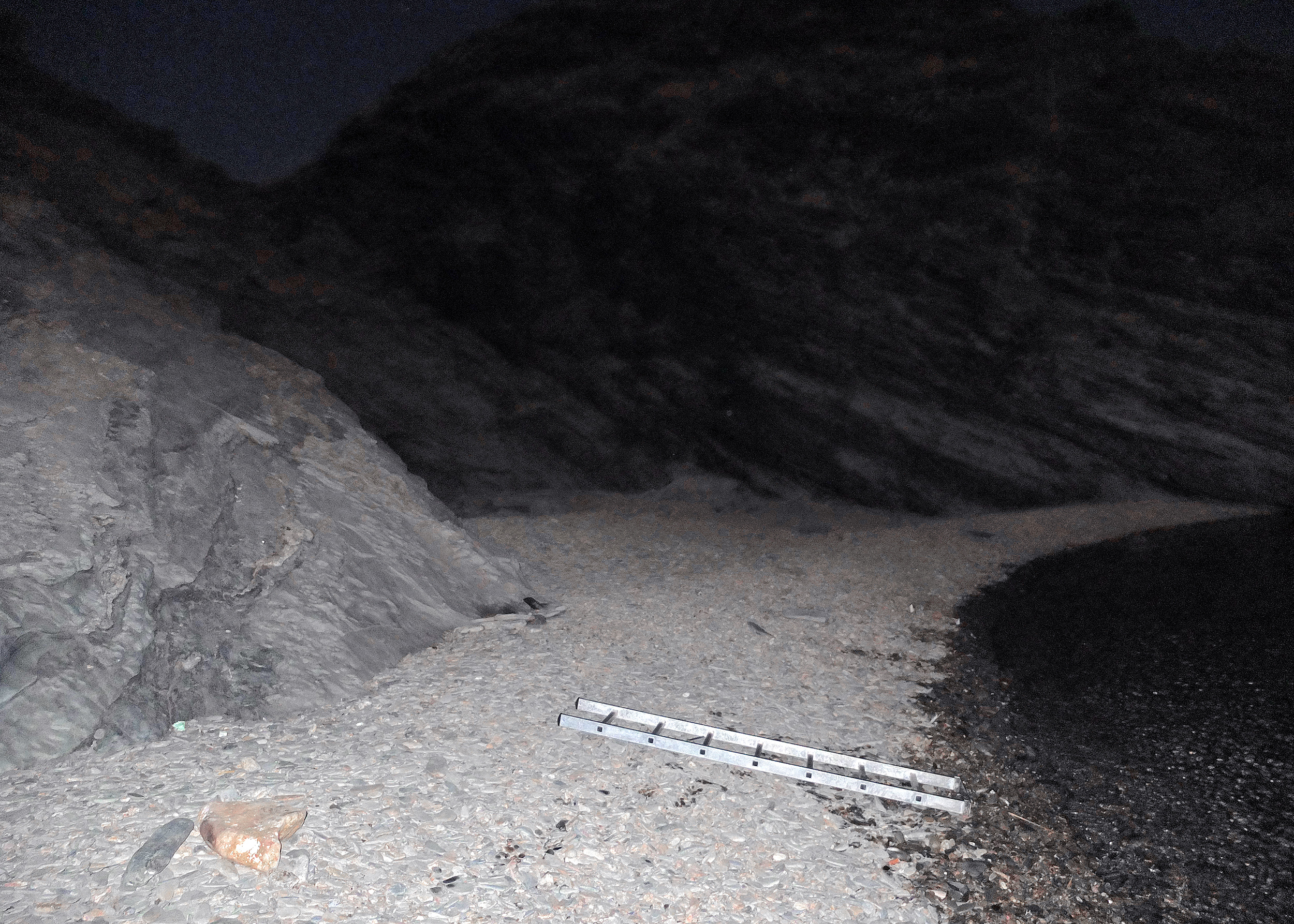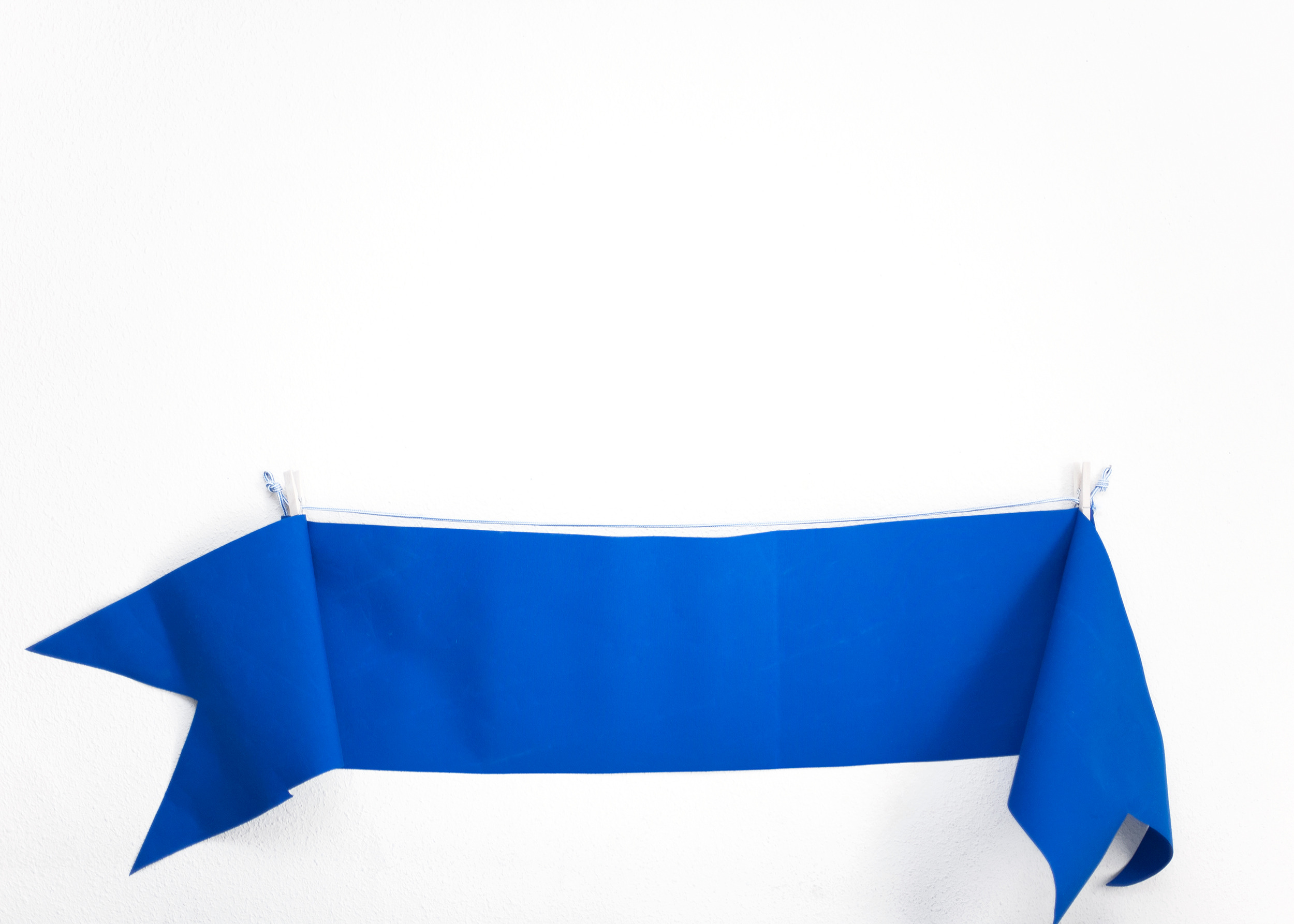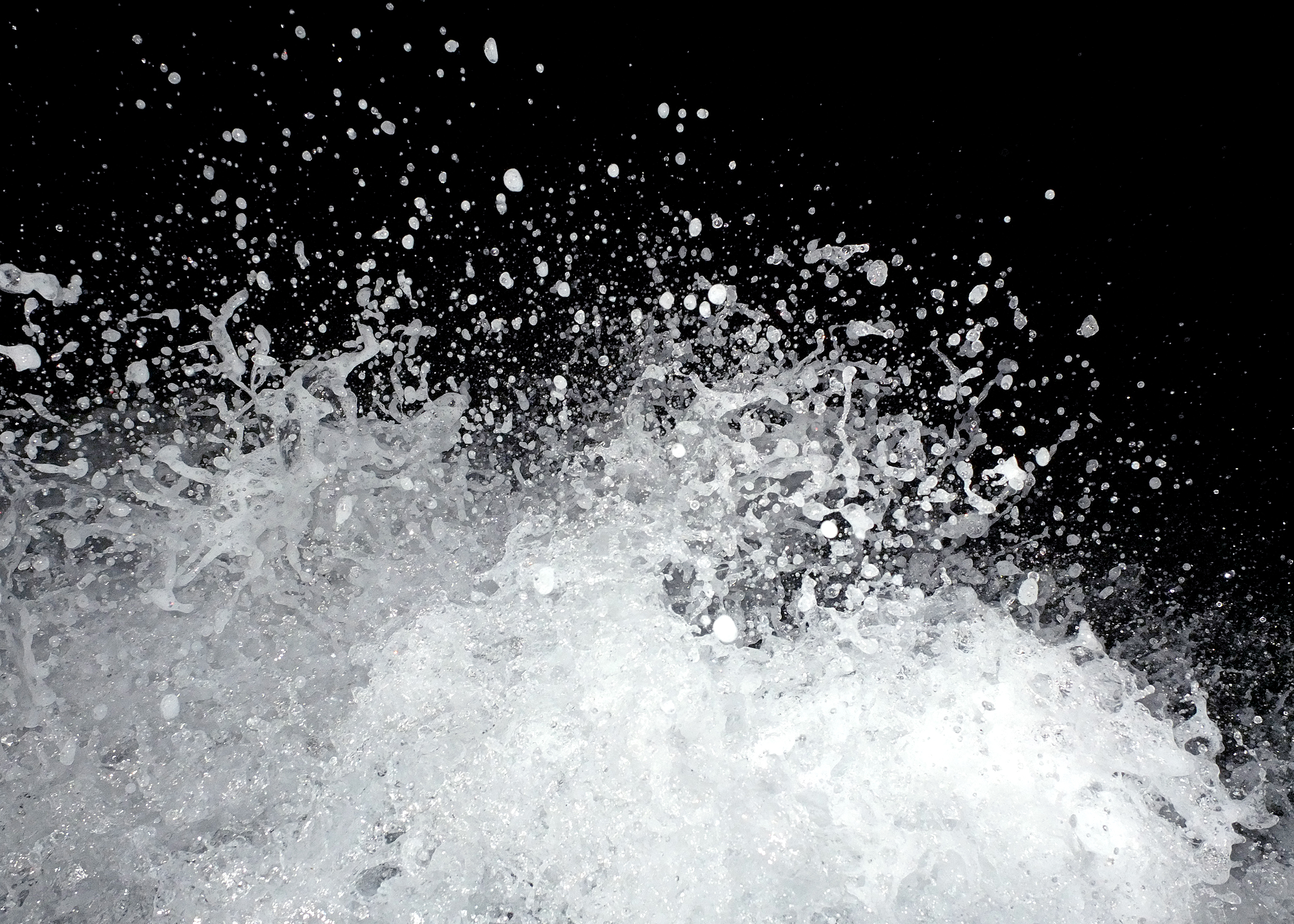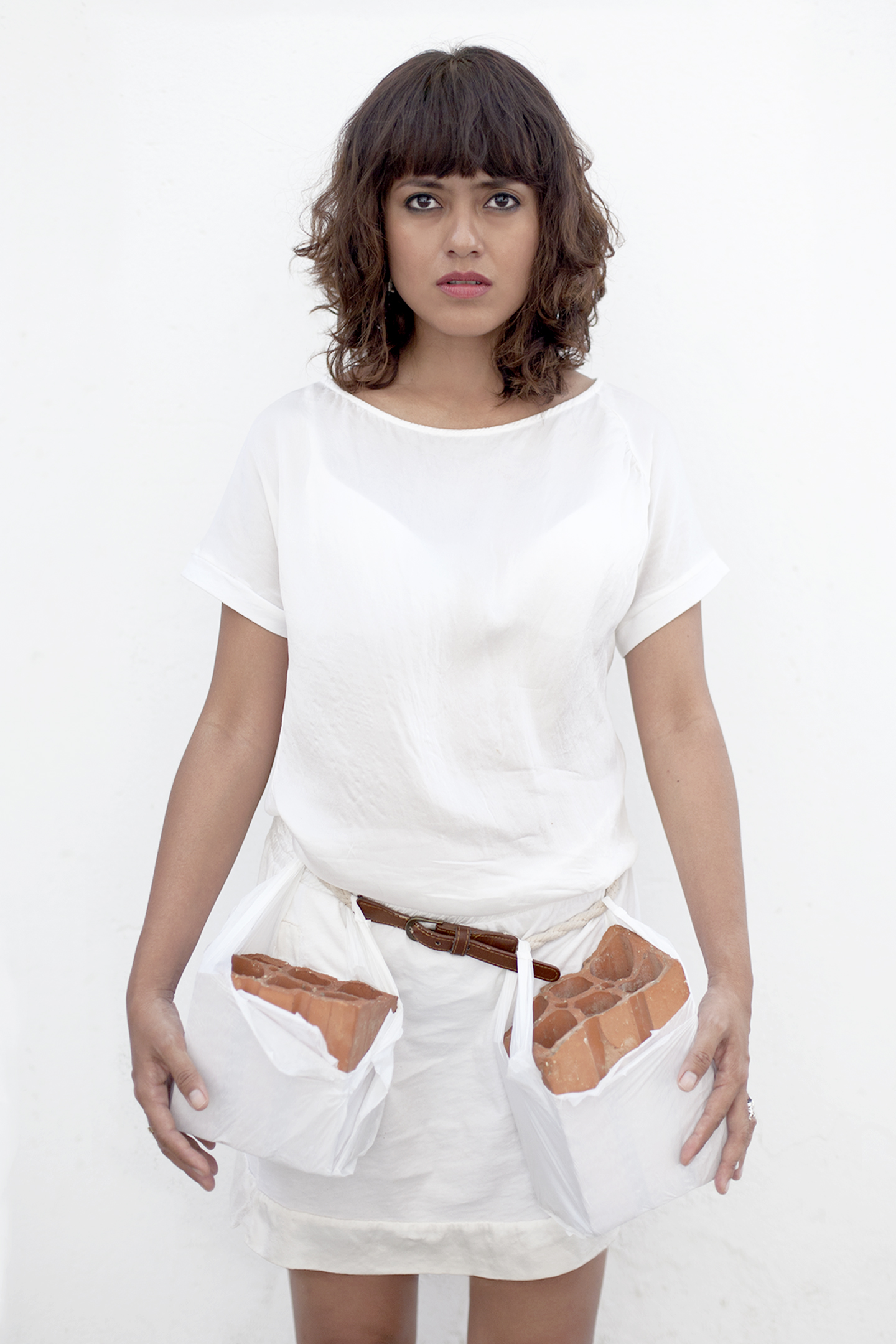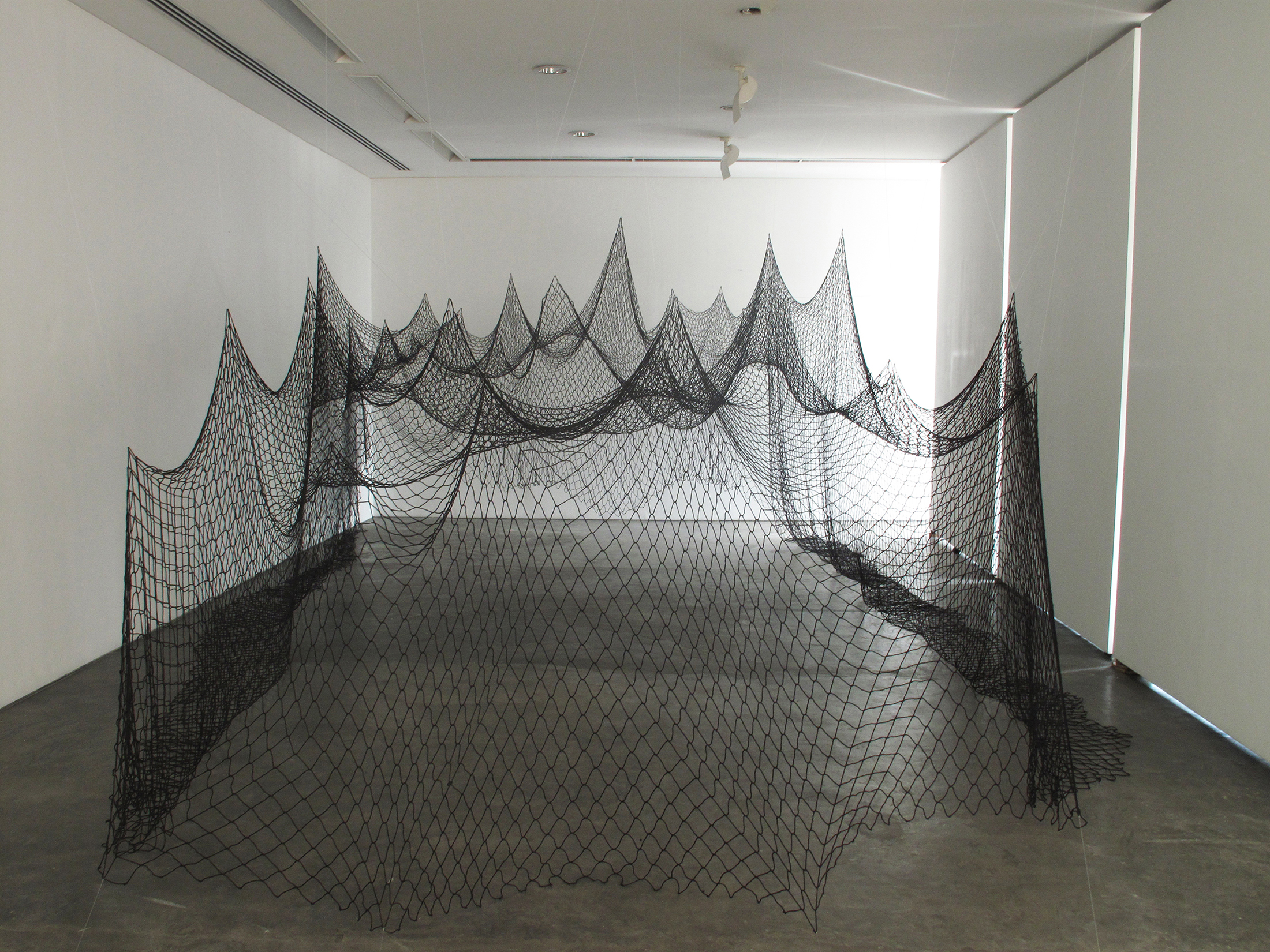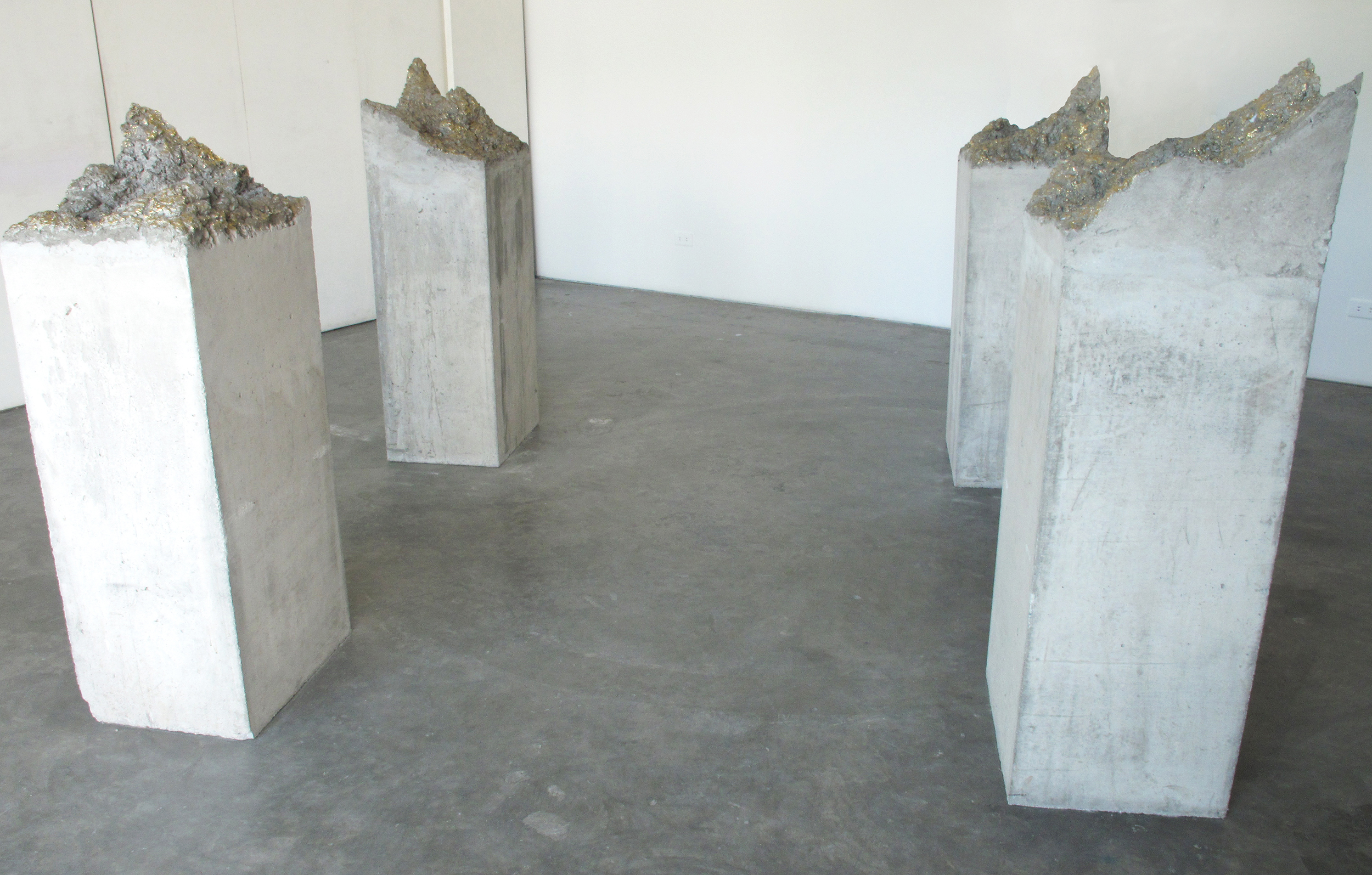
Ultramar, Part 1: Falling Into Place, Gathered Throng
Wawi Navarroza
Silverlens, Manila
About
To intercept the velocities that would fling you off the coast, weight becomes a necessary language. In many ways, WAWI NAVARROZA touches upon several geographical features in filtering a grounding work that is Ultramar, Pt. 1. Falling Into Place, Gathered Throng. The work refers to land, the coast, an artist’s (lost) archive- overall a distance and the shores that make up the ends of this length.
“Ultramar” translated means “overseas” or, in the artist’s more suitable terms, “off the shore.” Ultramar was also her portfolio project in Istituto Europeo di Design, where she drew from the dynamics of the malapropos within the artistic/outsider gaze. The narrative trope behind this work consists of an expedition that encompasses a personal cartography in Spain – a scholarship in Madrid, a residential stint in Barcelona, an artist residency in Cadaques and sojourns in between these cities to the volcanic geology of East Spain. She returns in the expectation of harvesting an amassing of images and experience without filter, only to have it emptied out. This is the personalized facet of the work, and also the compass needle that designates the coordinates where Navarroza is between shores in.
This juncture, however, is not Navarroza being midway somewhere as to being lost but proposes itself as part of a continuum of an artist’s life/work. It is a falling-into-place, hence her symbolic reference to bricks, nets and concrete. These objects are snug in suspension or situated as markers to an invisible geography, playing with a tension between an impending/post- collapse and relief in being confined within these structures. Notwithstanding their gravitional moratorium, they perform as embarkation devices for land-ing.
Ultramar is also referent to a nongoing series in which Wawi Navarroza cultivates her ideas on the landscape. The demystification of the Landscape as an idyllic, uncharted terrain exposes its ominipresence and with this, the artist explores it as a “construction” – to a point of a staged unfolding. This framework allows a movement beyond the static picture and presents how Navarroza treats an image. The image is liberated from being a merely photographed one. Rather, it is constructed and thus pursues its own physicality. She achieves this in the prominent use of installation, stripping her photographic process that involves more than a journalistic eye or a technical posture.
Ultramar, Pt. 1. Falling Into Place, Gathered Throng titles this vignette. With it comes a language that deals with formal investigations of the Image all the while grounding this process on the personal conditions that surround the artist’s praxis. It is a homecoming, but not exactly as it questions the ultramar at this point – which is the other shore after all? Was being in Spain the end of the ultramar period or is the ultramar only beginning to be consummated upon returning from her stretch in Europe? For this reason the leverage of Weight turns to itself to quantify this breadth. For this reason these undelineated boundaries can make such motions of being off-the-shore and the risks of being set a drift bearable. For this reason Ultramar, Pt. 1. Falling Into Place, Gathered Throng unfurls as an Intermediate –a work formed by one place and is taking part in another.
Wawi Navarroza is a photographer/ multi-media artist from Manila, Philippines. She graduated with a Bachelor of arts degree from De La Salle University, Manila and attended continuing education at the international Center of Photography, New York. recently, Navarroza completed her scholarship at the istituto Europeo di Design, Madrid under the program European Master of Fine art Photography.
Her work with contemporary photography has taken shape in highly-stylized symbolic mise-en-scène and tableau vivants to her more recent interest in landscape, constructed still life, and installation.
Her landscape photographs propose a familiar ‘other place’ that opens up to fabricated emotional space that seem to be carved out by both personal and collective memory and amnesia.
Navarroza has also worked as a lecturer of photography at De La Salle University and as an independent curator. She also sings for a post-punk rock band called The Late isabel.
Currently, she lives and works between Barcelona, Spain and Manila.
Works
